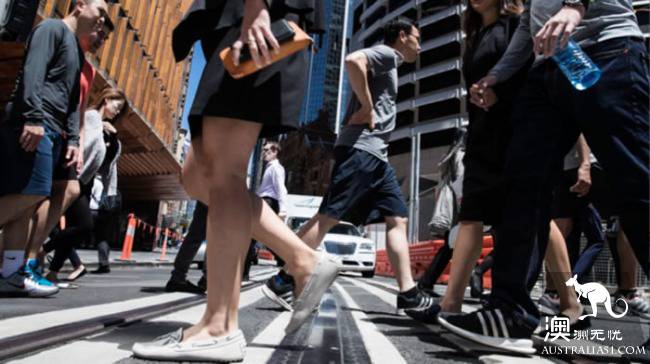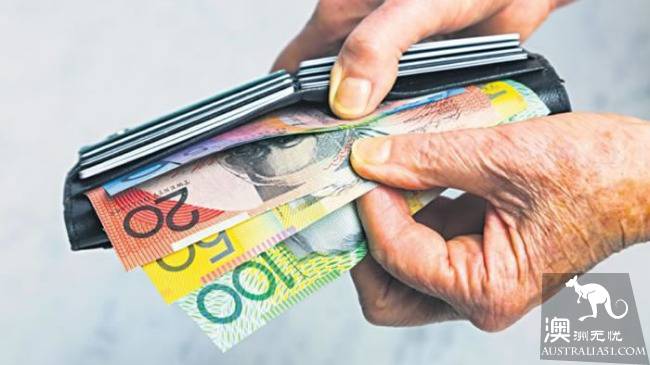Australia's unemployment rate fell to 5.4% in May, exceeding market expectations. However, overall employment growth is weak, the proportion of underemployed is still very high.
Australia's unemployment rate fell to 5.4% on a seasonally adjusted basis from 5.6% in April, adding 12000 jobs, according to the Australian Bureau of Statistics (ABS) data released on Thursday. Employment participation fell 0.2% to 65.5%.

Most economists expect 19000 jobs to be added in May, but unemployment will remain 5.6 percent.
However, while overall employment rose by 12000, full-time employment fell by 20600 and part-time employment increased by 32700.
Overall working hours for all positions were reduced by 24.2 million hours, or 1.4%.
On a seasonally adjusted basis, employment participation fell from 65.6% in April to 65.5% in May.
The ABS also reported that underemployment rose 0.1 percent to 8.5 percent, while underutilization remained stable at 13.9 percent.

Victoria created the largest number of jobs, adding 22100 people, followed by Kunju, where employment grew by 5000 and new states by 2800. Employment in Western Australia fell the most, by 1900.
The state's unemployment rate climbed 0.5% to 6.6%, the highest level in Australia.
As a result of rising participation and strong population growth, the hiring boom is comparable, and unemployment has barely changed over the past year.
The unemployment rate has been around 5.5 percent over the past year, largely in late 2017, when hiring slowed down in the first four months of 2018.
The (ABS) is keeping a close eye on the labour market trend, saying it will not go home until weak employment and signs of stronger wage growth.
Bank of Storage President Roy (Philip Lowe) said on Wednesday that he needed to see wages rise more than 3 percent year-on-year, rather than the 2 percent that the latest figures show.

A fall in unemployment to 5 percent would normally be seen as a sign of full employment, but the bank acknowledged that Australia might need less than 5 percent to bring pressure on wages and inflation.
After the data were released, the Australian dollar fell slightly to 75.67 cents at 11:36 EDT, compared with 75.71 cents before 11:30.